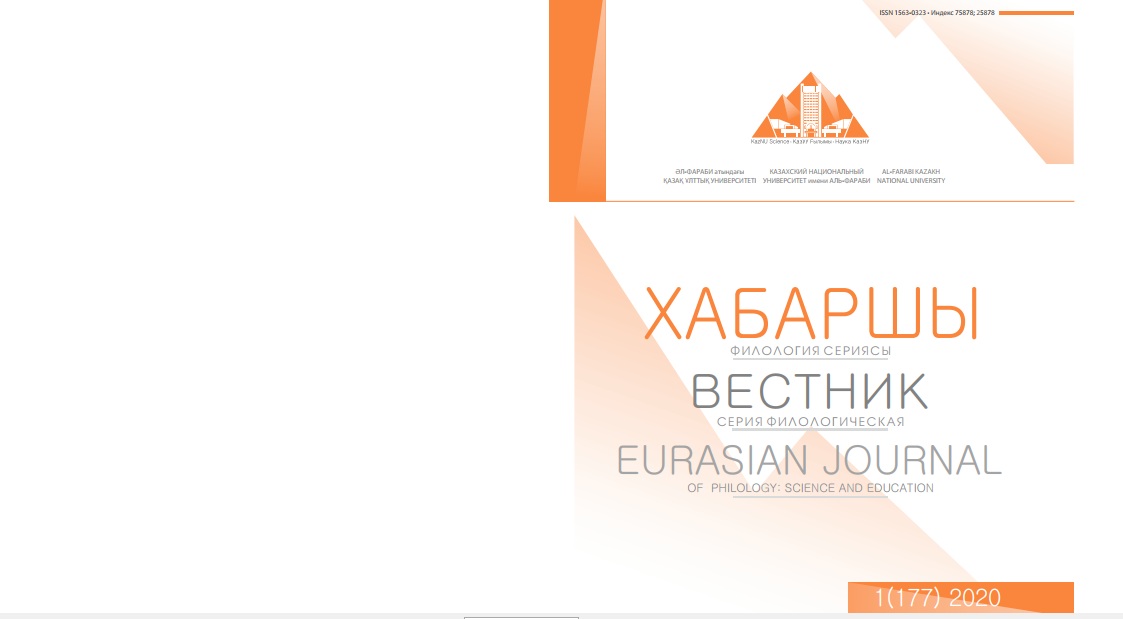The Role of Zoroastrianism in Azerbaijani Literary-Ethnographic Territory (Based on research by Alexander Chodzko)
DOI:
https://doi.org/10.26577/EJPh.2020.v177.i1.ph10Abstract
The article presents the role of Zoroastrianism in the Azerbaijani literary and ethnographic area based
on the material of the research of Alexander Chodzko. One of the prophets of the Ancient World is Zoroaster, his personality and activity rouses much interest for science. Many Western European orientalists,
including a scholar and translator Alexander Chodzko of Polish origin, talks about various aspects of the
personality of Zoroaster, as well as literary and ethnographic facts and materials related to the Azerbaijani
region.
The first acquaintance, as well as the study of “Avesta”, is associated with the name of the ancient
philosopher Plato. Henry Lord and French travelers Jean Chardin and Gabriel Louis Simon.
The role of Zoroastrianism in the Azerbaijani literary and ethnographic area is of particular importance in the study of cardinal issues related to the holy book “Avesta”, which for many years has been
under the scrutiny of many scholars around the world.
The article presents facts and evidence not only of a descriptive nature, but also of those that may
be of interest for a comprehensive study of issues related to the Avesta. The focus of this study was on
highlighting specific issues of the holy book.
At the present stage of the development of new domestic Azerbaijani studies, much attention is paid
to the issues of Avesta’s connection with Azerbaijani history, territory, traditions, which are very important now and are of burning interest to new generation researchers.
Facts and scientific assumptions in the context of different understanding and socio-political conditions in Iran have always limited the issue of the Avesta.
Many literary scholars have made a great contribution to the specifically historical development of
the questions studied on the basis of the Avesta.
Another criterion for research directly follows from the materials of the holy book, and it is associated with Azerbaijani literary and ethnographic elements, which are analyzed in the presented work.
The article reflects the facts and conclusions obtained in the course of his scientific research, which
can be very useful for modern comparative studies.






